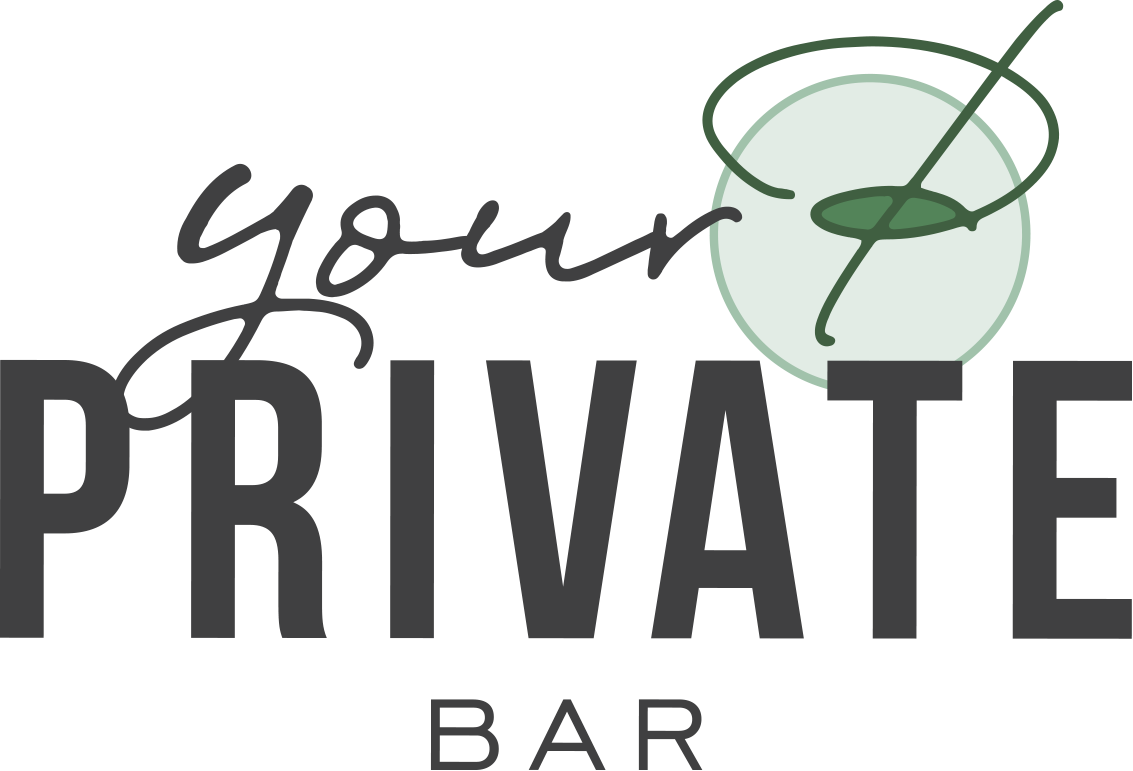As the new year rolls in, many people embrace the opportunity for a fresh start. One increasingly popular tradition is "Dry January," where participants abstain from alcohol for the entire month. But what is Dry January, and why do so many people participate? Here’s the full report on this transformative trend.
What Is Dry January?
Dry January began in 2013 as a public health campaign by Alcohol Change UK, aiming to encourage people to rethink their relationship with alcohol. Since then, it has grown into a global movement, with millions of people taking part each year.
Participants pledge to give up alcohol for the month of January, which provides a chance to detox from holiday indulgences, establish healthier habits, and assess their reliance on alcohol in everyday life.
The Benefits of Dry January
Research and anecdotal evidence highlight numerous benefits of taking part in Dry January:
-
Improved Physical Health
-
Better sleep quality
-
Enhanced liver function
-
Lower blood pressure and cholesterol levels
-
Reduction in caloric intake, often leading to weight loss
-
Mental Clarity
-
Increased energy levels
-
Improved focus and productivity
-
A mood boost due to fewer alcohol-induced lows
-
Financial Savings
Cutting out alcoholic beverages can lead to significant savings over the course of a month, especially for those who frequent bars or restaurants. -
A New Perspective on Drinking
Many participants report that Dry January helps them reevaluate their drinking habits. Some choose to reduce their alcohol consumption long-term or adopt healthier drinking patterns.
How to Succeed in Dry January
Embarking on Dry January is a commitment, but with the right strategies, it can be a rewarding experience.
-
Set Clear Goals: Define your "why" for participating. Whether it’s health, finances, or self-discipline, knowing your motivation will help you stay on track.
-
Plan Alternatives: Stock up on non-alcoholic beverages like sparkling water, mocktails, or alcohol-free beer to enjoy social situations without feeling left out.
-
Find Support: Join a Dry January group or recruit friends to participate with you. Sharing your experience can make it more enjoyable and keep you accountable.
-
Celebrate Milestones: Treat yourself to small rewards for reaching weekly goals, such as a movie night or a new book.
What Happens After Dry January?
The end of Dry January isn’t necessarily a return to old habits. Many participants report feeling so good after a month of sobriety that they continue to limit their alcohol intake.
Even if you return to drinking, the break can lead to a healthier relationship with alcohol. You may notice that you drink less often or feel more in control of your choices.
Conclusion
Dry January is more than just a trend—it’s a movement that encourages mindfulness about alcohol and overall wellness. Whether you’re considering trying it for the first time or are a seasoned participant, the benefits of this month-long challenge are clear.
So, why not give it a shot? Your body, mind, and wallet might just thank you.
Have you participated in Dry January? Share your experience and tips in the comments below!
If you missed any of our past posts, you can read them here, and don’t forget to look out for next week's blog post; Top Resolutions This Year.
Thanks for reading, we appreciate you!! Cheers!
